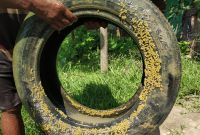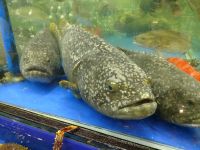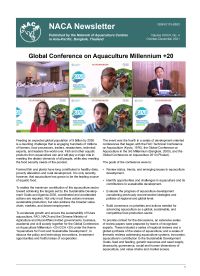The humped featherback, Chitala chitala is considered to be one of the most commercially important food, sport, aquarium and highly priced cultivable fish in Assam. However, over exploitation, habitat degradation and pollution has caused wild populations to decline in recent decades, to the point where the species is categorised as Near Threatened on the IUCN Red List. Here we present the biological aspects of breeding and larval rearing protocols of the humped featherback, which has been prioritised as a new candidate species for freshwater aquaculture in India. The information will also aid in stock enhancement and conservation of this species.
With the implementation of the new aquatic animal disease reporting in the Asia Pacific region from January 2021, and in lieu of the published QAAD Reports (last issue published was 4th quarter of 2020), NACA will be reporting aquatic animal diseases that are occurring or present in the countries of the region, on quarterly basis. This report covers the first and second quarters of 2021 and the original and updated reports are also available.
The 2021 Global Forum on Sustainable Fisheries Development, Fisheries Trade Development Summit and the 4th International Forum on Aquaculture for Silk Road Countries will be held on 27 October during the 25th China International Fisheries Expo. The programme will include lectures on fisheries trade, aquaculture genetics, sustainable shrimp farming systems, response to the COVID pandemic and Atlantic salmon farming, among others. Participation in the event is free, but registration is required.
In this issue:
Global Conference on Aquaculture Millennium +20; Workshop on SDG-aligned Artemia aquaculture; Professor Sena De Silva Memorial Oration, 8 October 2021; Apply now: Training Course on Mariculture Technology in Asia-Pacific; New project on “Blue transformation in aquaculture”; Webinar on Status of Artemia cyst use in fish and crustacean hatcheries.
A free training course on mariculture technologies will be offered online via Zoom from 18 October to 5 November, by the Yellow Sea Fisheries Research Institute (YSFRI), People’s Republic of China. The course will cover genetics and breeding of mariculture species; large-scale propagation; disease control and prevention; nutrition research and feed development; technology for different farming models; equipment research, engineering and construction of farming facilities; quality and safety inspection technology for aquatic products. Space is limited, applications close 11 October.



